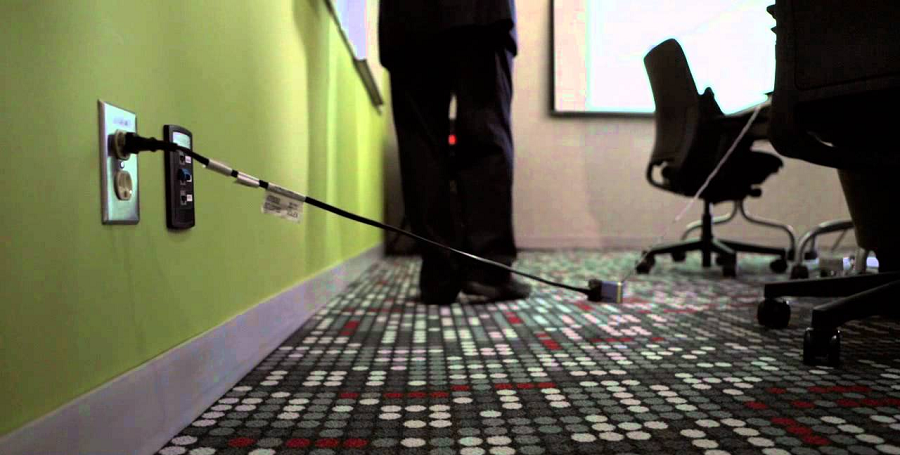6 Best Ways to Prevent Trips and Falls in Your Home

Every year, trips and falls are responsible for countless injuries every year. As a tenant or homeowner, you may be held responsible for falls and trips on your owned or rented property. This is why it is important to know what risks to look for and understand that if someone is wounded, you have legal responsibility. So, it’s best to ensure your home against trips and falls.
Fortunately for you. Tripsafe is all about making your home safer by reducing trip hazards via innovative solutions to tidying messy cables. They manufacture products themselves both here and overseas. They are constantly updating our products to help tidy your wiring and cables to prevent you from tripping. While you can always opt for the professional services of companies like Tripsafe, here are some of the best ways you can ensure your home against tripping and falling hazards:
1. Clear the Clutter
This is a great way to ensure fewer trips and falls at home. Get a family member or friends to help you clear your walkways of things you can trip over. This would include electric wires, phone cords, pet bowls, and other stuff that can cause trouble. Clear it out of the way or maybe even get rid of it.
2. Light it Up
You need light to see, especially once you get older. Ensure that the light switches are within reach, as well as at the top and bottom of any stairs. Turn on the lights before you move up and know where your flashlights are in the event that the power goes out.

3. Cut the Skids and Use Covers
In bathrooms, showers, and pools, use non-skid mats, self-adhesive, or safety treads. Put non-skid rugs on bare floors on bathroom floors and pads under the rugs. Try to use covers for the wiring in your house as well. We have many products you could try.
4. Wear Sturdy Shoes
This includes both inside and outside. Footwear is important. Solid footwear helps and enhances your balance. Avoid walking barefoot or with slippers. Flip-flops and socks are a simple no when it comes to footwear and ensures safe stair covering.
5. Do Not Attempt Something Risky Alone
To reach something that is too high, don’t stand on a table or chair — ask for help or use a “reach stick” instead. Reach sticks are special grabbing tools that can be purchased in many medical supply or hardware stores. If you do use a step stool then ensure it’s steady if you use a step stool and have a handrail on top. Have somebody stand beside you. Don’t attempt these risky things without help.
6. Don’t Forget Rails and Bars!
Have handrails on both ends of the steps and ensure that they are fastened tightly. If you use the steps, hold the handrails, go up or down. Hold it in one side and use the handrail with the other if you have to carry something while you’re on the steps. Don’t let your view of the steps be blocked by what you carry. We hope these tips will help you when it comes to making your home safer. After all, when it comes to housing for freshmen in college (who are always attempting something or the other), it is essential to provide a safe environment




